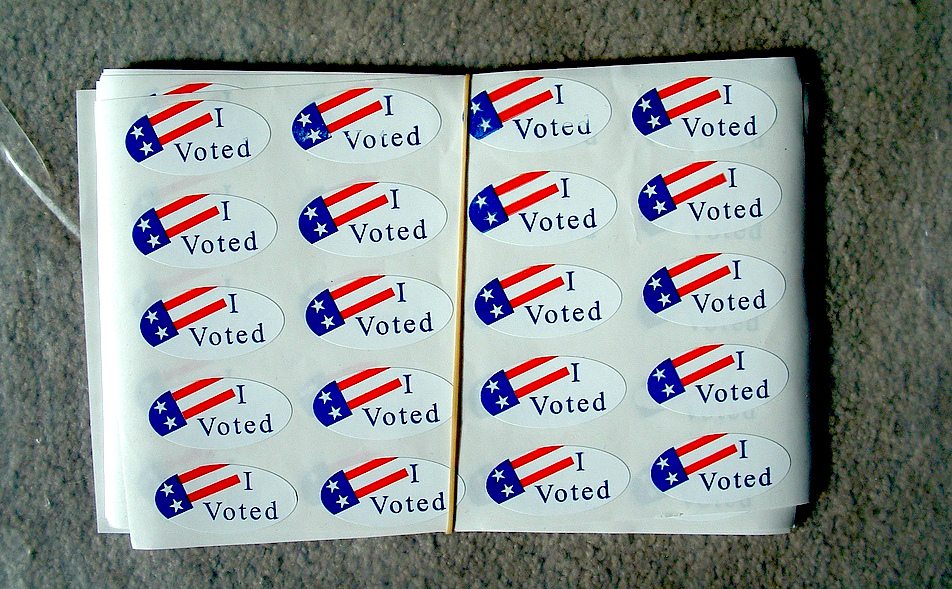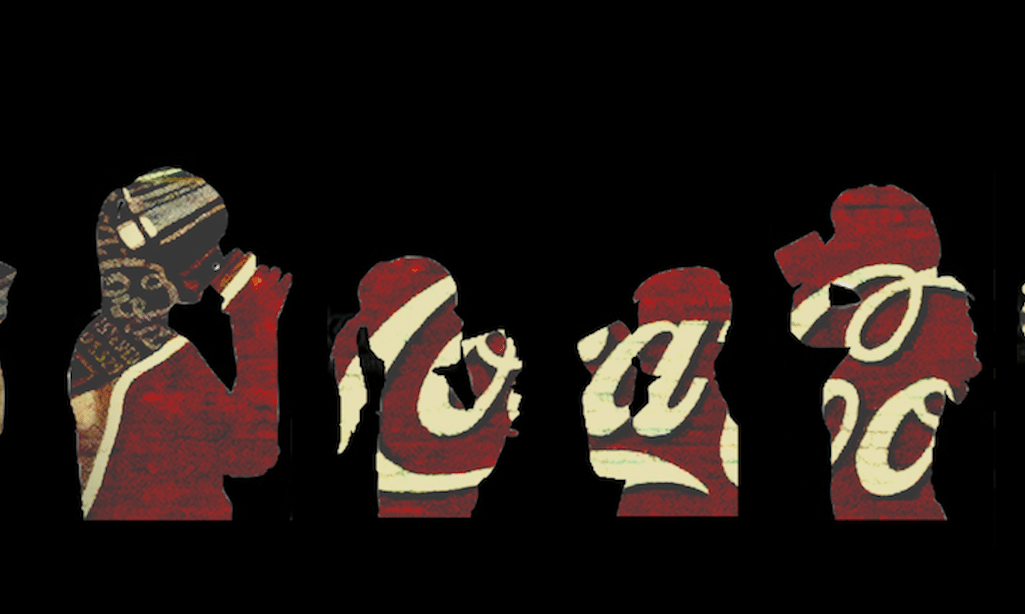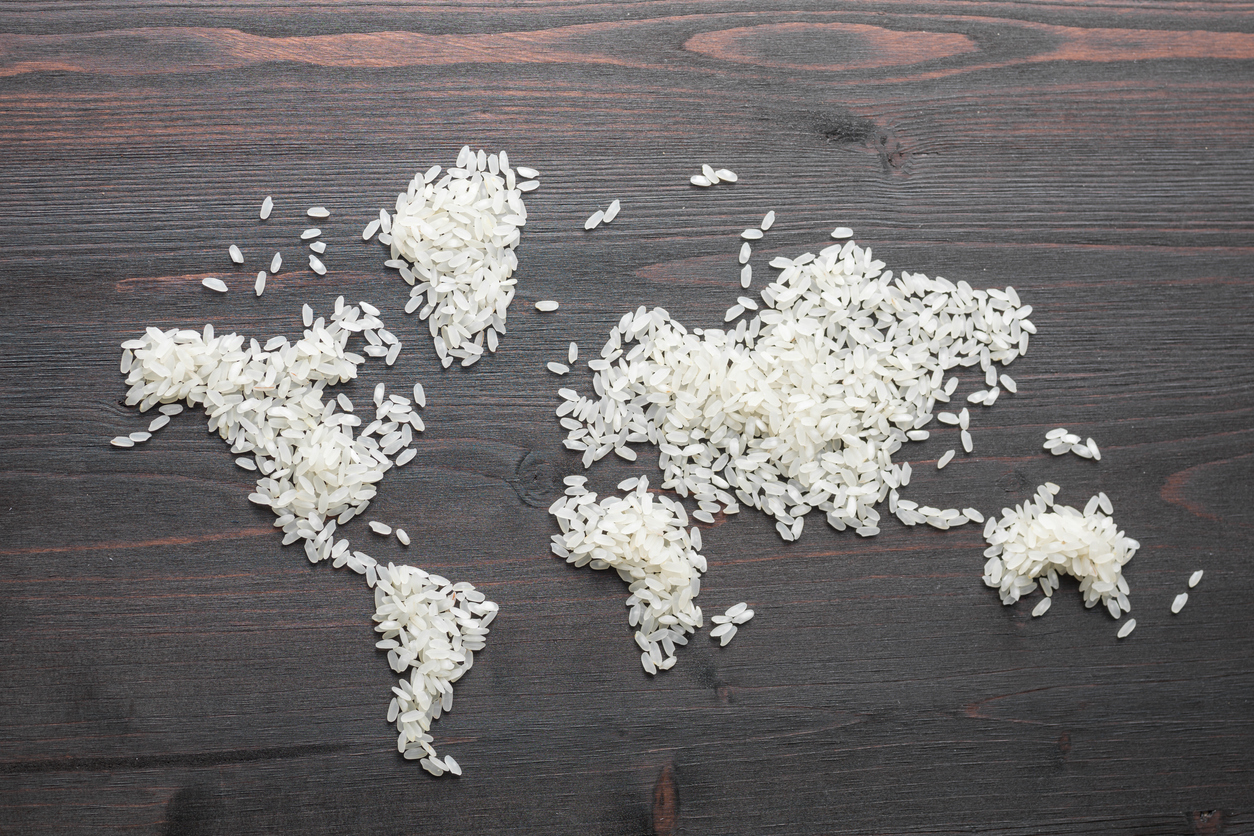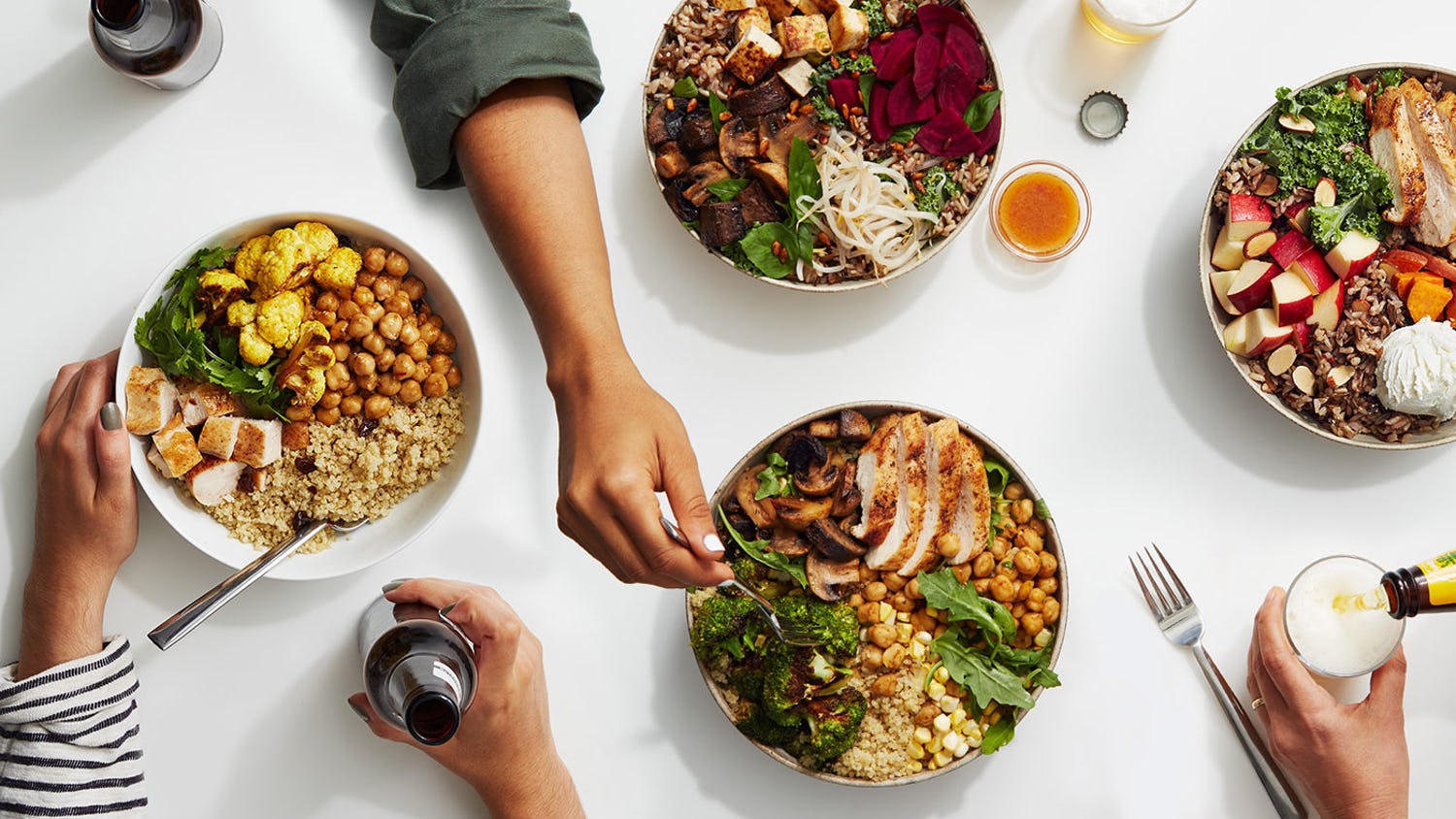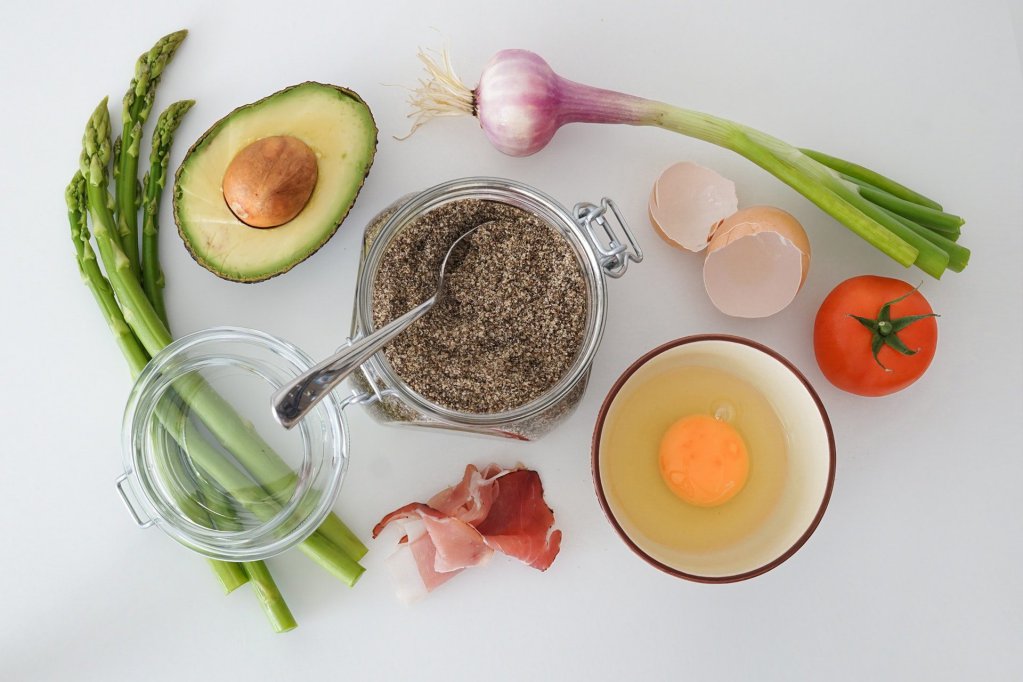In late July, when political convention fever hit its highest pitch, we ran a piece comparing the official food and ag platforms of the two major American political parties. It seemed like a good moment to highlight the parties’ meaningful differences on food issues, which habitually get sidelined in the national political conversation. In response, though, some of our readers lodged a valid criticism via Facebook: why limit the focus to the Democrats and Republicans? Don’t 3rd party viewpoints warrant serious consideration, too?
Good point. The original post was written to sum up an analysis that had just appeared on the topic from the National Sustainable Agriculture Coalition (NSAC), a grassroots organization that advocates for a cleaner, more just food system. Their examination, which coincided with the Democratic and Republican conventions, took a detailed look at the priorities outlined by those two parties. We jumped at the opportunity to compare their official stances.
Still … point taken. So, we now turn our editorial gaze on the platforms of the two most visible alternatives—the Libertarian and Green parties—which we present in the chart below.
Laying the essentials out like this brings up some challenges of its own.
The Green Party platform is a sprawling 4-part document, with long sections on four core values—democracy, social justice, ecological sustainability, and economic justice—all of which relate to food. It’s a lot to work through, so we asked NSAC’s associate director of communications, Reana Kovalcik, to share insight.
“In general, the green platform is positive from our point of view,” she says, “But the platform relies almost exclusively on organic production in terms of solutions to agricultural problems. That’s an overly simplistic approach to a very complicated set of issues.”
Specifically, Kovalcik took issue with the suggestion that existing agricultural subsidies should be transferred en masse to organic production.
“We really need to reform our existing agricultural subsidy system,” Kovalcik says, “which concentrates a disproportionate amount of control in a few favored industries and skews the market. Instead of replicating the subsidies and supports we give to some big commodity crops and applying them to organic ones, it would be better if we worked on reforming the system. Part of this would definitely mean giving more support to organic farmers and organic agriculture programs – but the subsidy system we have now isn’t sustainable, so I don’t think we should strive to keep that model, even with a version that would favor organic production.”
Kovalcik’s main critique of the Green Platform was that, while it offered a positive vision for the future of agriculture, there were few mentions about how exactly we would get there. Kovalcik did highlight some important specifics, and identified previously underrepresented issues, citing the Green’s call to ban CAFOs and promote conservation practices like rotational grazing, cover-crop rotations, and nitrogen fixing systems.
In contrast to the Greens, the official Libertarian platform is short—and doesn’t specifically address agriculture or food. So, we got party vice chair Arvin Vohra on the phone, and he provided the Libertarian specifics seen here.

